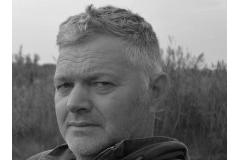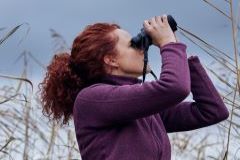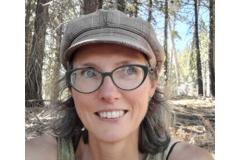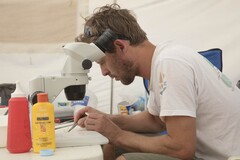
North Sea and coasts
Aerial counts of fish-eating waterbirds in the Wadden Sea area
In 2022, we counted fish-eating waterbirds on the open water and tidal flats in the Wadden Sea from aircraft during the breeding season of terns. We also gave extra attention to the tidal inlets between the Wadden Islands. At the same time, Wageningen Marine Research studied the distribution and abundance of fish for fish-eating waterbirds and Sovon Vogelonderzoek Nederland counted birds in the colonies and at roosting sites on the islands and the mainland. Sovon also tracked common terns and Arctic terns with GPS transmitters. We brought all these data together in a report that can be downloaded below.
Technical report aerial counts (in Dutch, included as appendix in the overarching report)
Overarching report Sovon - Numbers and distribution of fish-eating breeding birds in the Dutch Wadden Sea area in May-June 2022 (in Dutch)
This extensive field survey was conducted as part of the Wij&Wadvogels project that runs from 2020-2026. The aim of this project is to improve conditions in the Wadden Sea for birds and manage disturbance caused by recreation. In addition to large numbers of migratory and wintering waterbirds, the research focuses in particular on (coastal) breeding birds like terns, whose populations in the Wadden area are most under pressure. For more information and other research reports, see the Wij&Wadvogels website of Birdlife Netherlands.
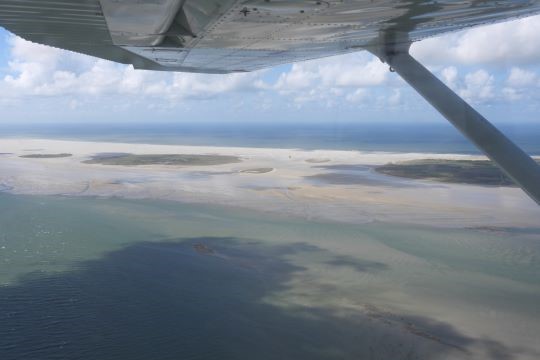
Network members
Other stakeholders
Sovon Vogelonderzoek Nederland
Wageningen Marine Research
Lowland Ecology Network
The Lowland Ecology Network is a network of freelancers who focus on ecological research, advice and communication. The emphasis is on nature protection of wetlands at home and abroad. Each participant has specific expertise and as a network we can respond fast and quickly solve complex issues. We are wel connected with experts on subjects such as photography / film, design and nature legislation.
Network members


